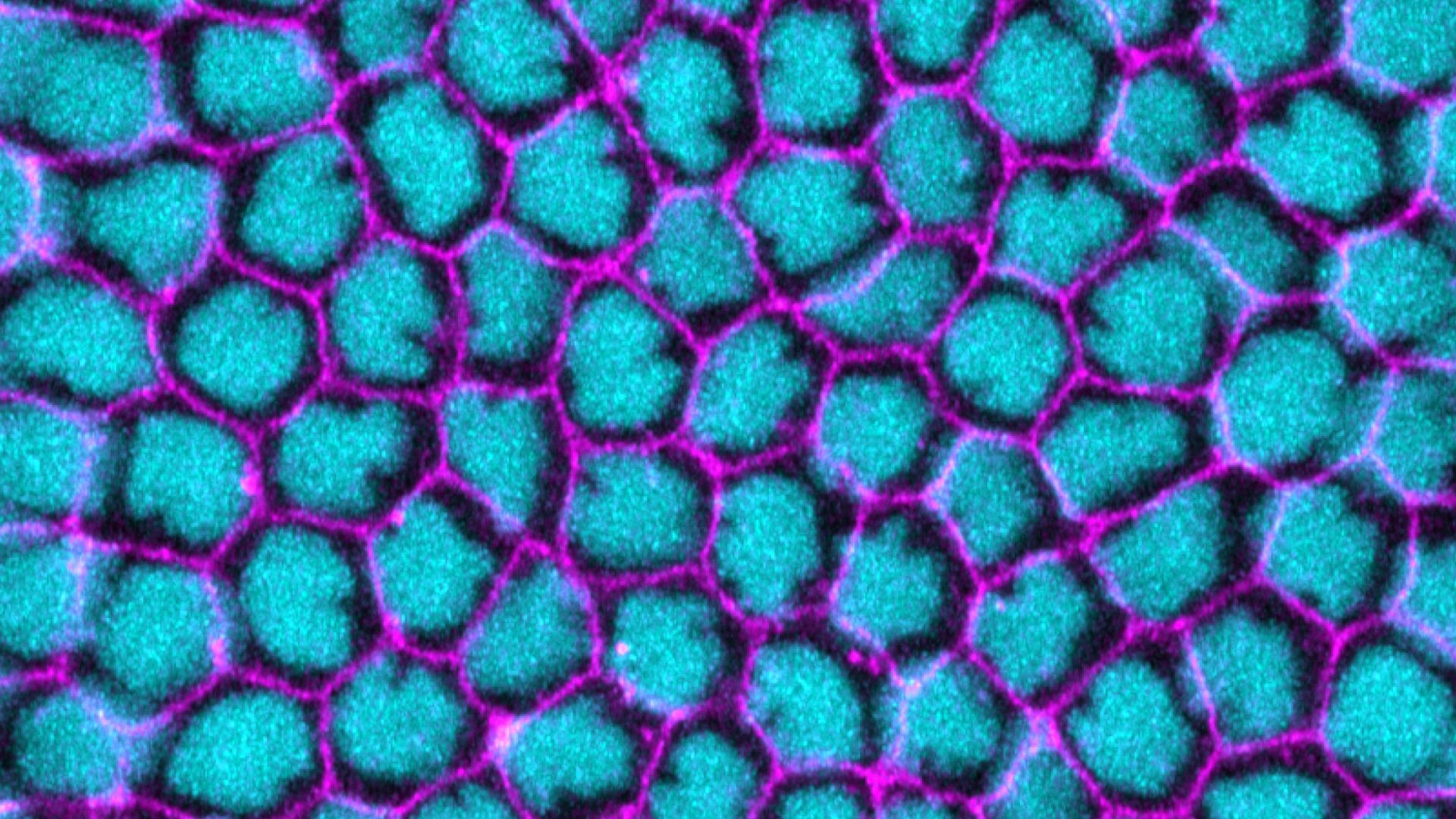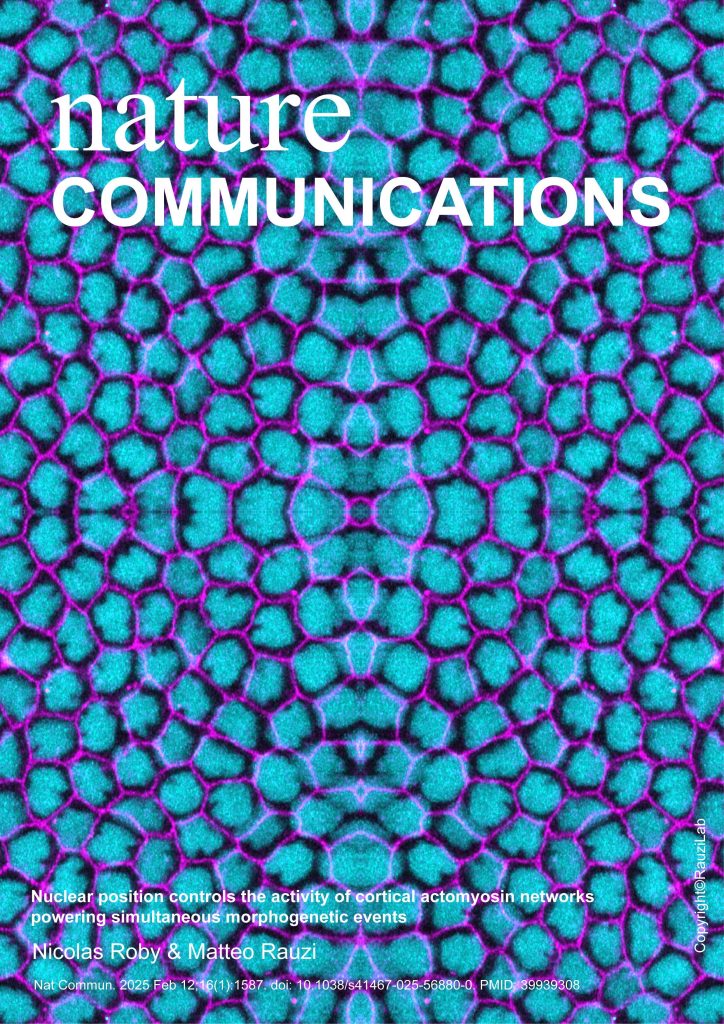Tissue morphogenesis is the change in shape of epithelia during embryo development and is key to give form and function to the organs of an animal. Throughout this process, tissues can grow, shrink, thin, thicken, twist, fold, and extend, sculpting the embryo into a mature organism. Understanding how epithelial tissues reshape during development is fundamental to deciphering the formation of complex life forms. While some transformations are simple, others involve multiple simultaneous shape changes, making them significantly more complex. Although we have a solid grasp of the mechanical forces and biochemical signals driving simple tissue transformations, the mechanisms enabling tissues to undergo multiple simultaneous shape changes remain largely unexplored. This intricate process, known as “composite morphogenesis”, is surprisingly common during embryonic development.
The Rauzi team focus on the simultaneous folding and extension of tissues—an essential process during gastrulation, neurulation, and tubulogenesis across the animal kingdom. To investigate this, they use the Drosophila embryo, a powerful and eco-friendly model organism that raises minimal ethical concerns.
Previous work from this team revealed that epithelial cells can undergo multiple simultaneous transformations by organizing the actomyosin cytoskeleton into distinct functional hubs (John and Rauzi 2021). With their present study, Nicolas Roby and Matteo Rauzi uncover the cellular mechanisms driving this modular cytoskeletal organization. They demonstrate that the position of nuclei within epithelial cells acts as a regulator, dynamically controlling the distribution of actomyosin-activating factors at the cortex. By functioning as cellular stoppers, nuclei help shape the cytoskeletal network in multiple functional hubs, ultimately controlling multiple and simultaneous tissue shape transformations.
This study is the first to highlight how nuclear positioning within epithelial cells plays a pivotal role in tissue remodeling. These findings pave the way for a deeper understanding of the fundamental principles underlying complex morphogenetic processes, offering key insights for future applications, such as the synthetic engineering of living organs.
Nuclear position controls the activity of cortical actomyosin networks powering simultaneous morphogenetic events
Nicolas Roby & Matteo Rauzi
Nat Commun. 2025 Feb 12;16(1):1587. doi: 10.1038/s41467-025-56880-0. PMID: 39939308


